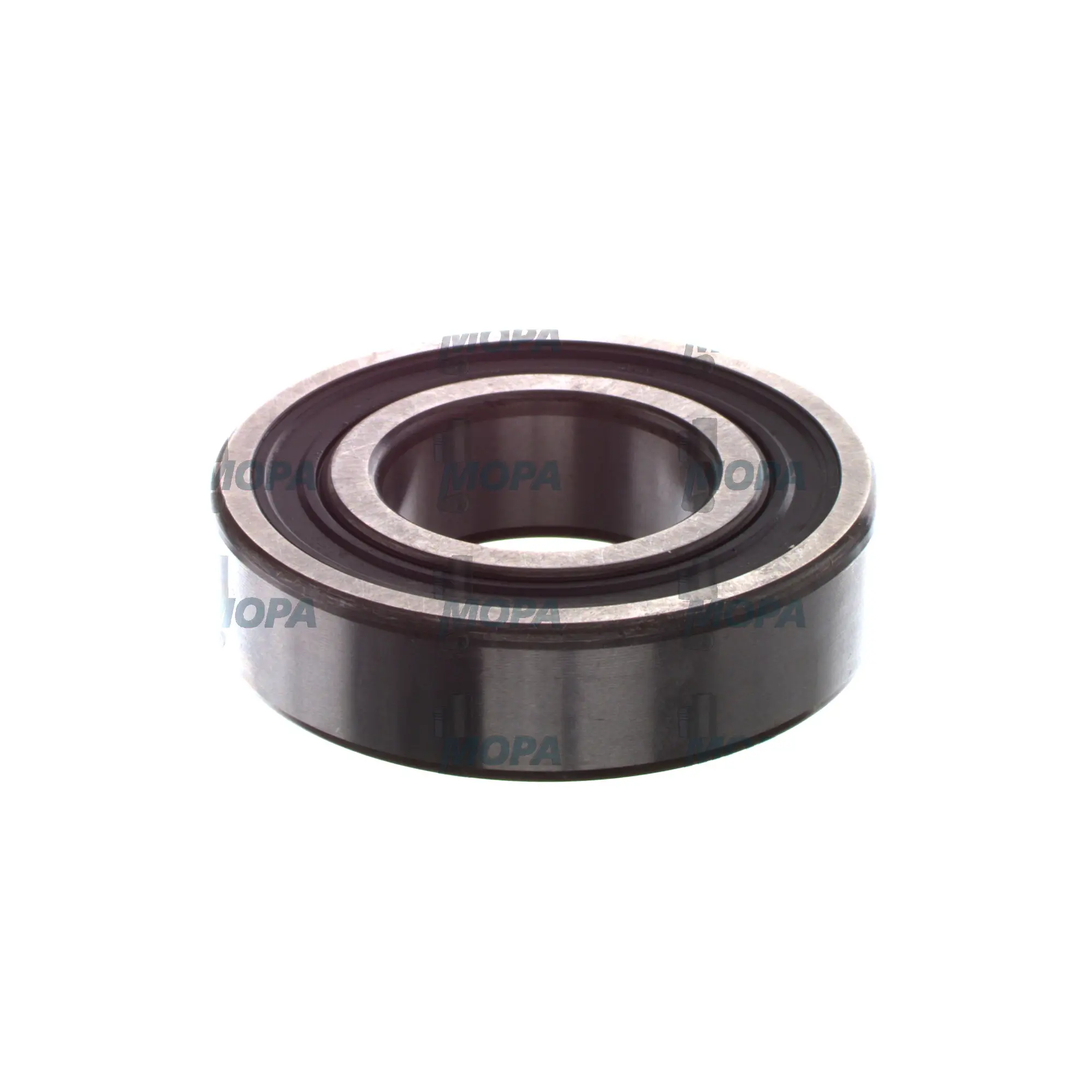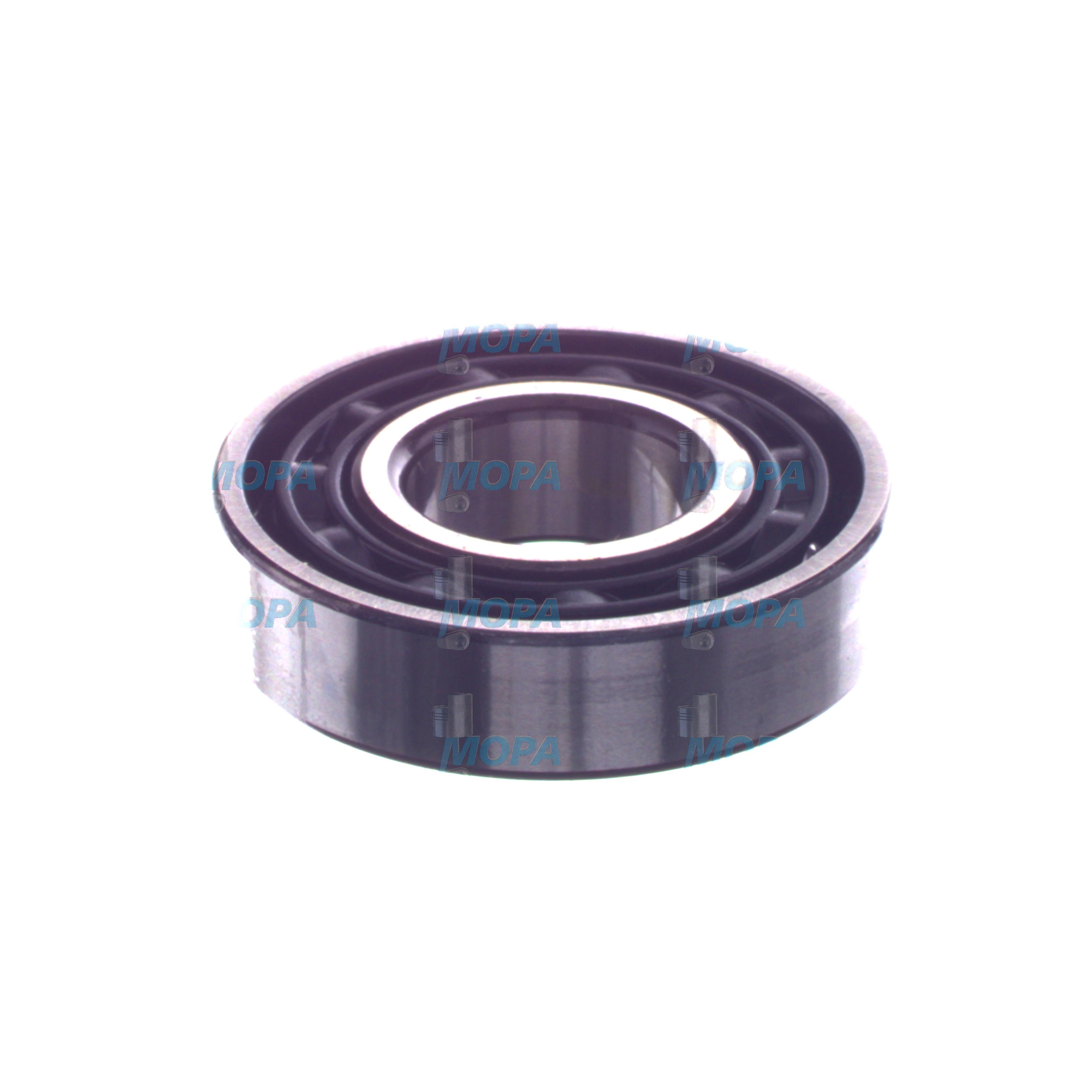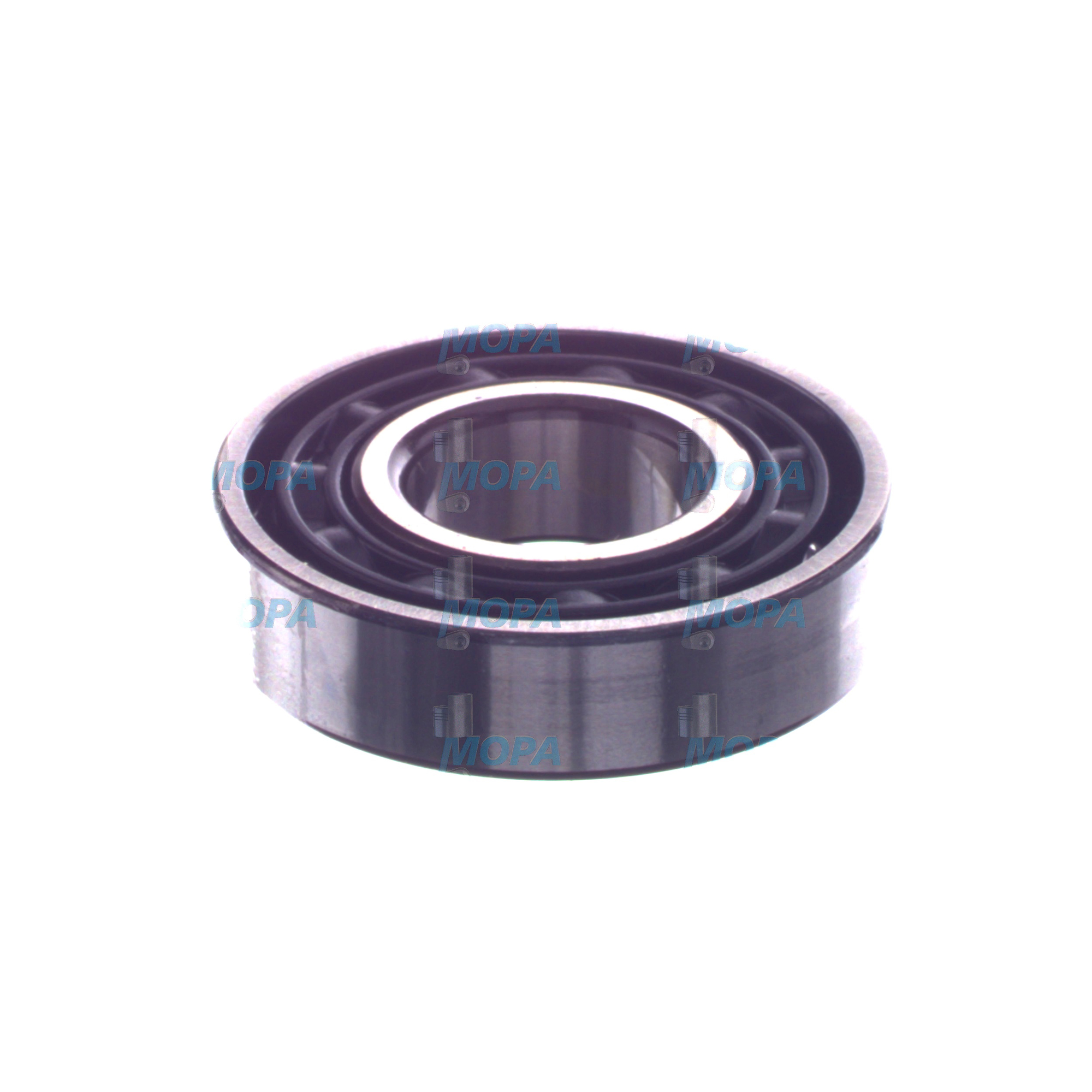BALL BEARING Bearings for high‑duty marine and diesel engines
Bearings are precision components that support rotating and oscillating parts, minimize friction, and carry radial and axial loads throughout an engine and its auxiliaries. In large marine and diesel engines, bearings sit at the heart of crankshafts, camshafts, gear trains, turbochargers, pumps, alternators, and compressors. Whether as rolling elements (such as a BALL BEARING) or plain/hydrodynamic designs, they stabilize motion, maintain alignment, and enable efficient power transfer—making them indispensable for uptime, efficiency, and safety at sea and on land.
Within the category of Bearings, BALL BEARING designs are common wherever low friction, precise guidance, and compact dimensions are required, for example in alternators, coolant pumps, electric motors, and certain turbocharger concepts. Their geometry—inner/outer raceways, balls, cage, and seals—delivers low rolling resistance and controlled heat generation, which directly supports fuel efficiency and component life in diesel engine applications.
Technical function of Bearings with a focus on BALL BEARING engine applications
In engines, Bearings provide accurate shaft support, translate combustion forces into rotation with minimal losses, and protect mating parts from wear. Rolling Bearings, such as a BALL BEARING diesel engine auxiliary bearing, use point contact between balls and raceways to achieve low friction at a broad speed range. Compared with plain bearings, they can start under lower breakaway torque and maintain dimensional stability even during repeated thermal cycles—a key advantage in frequent start–stop or variable-load operations.
In marine environments, a BALL BEARING marine engine pump or alternator bearing must withstand vibration, salt-laden humidity, and transient loads. The cage (often brass or polyamide), heat-treated races, and precision balls manage load paths while distributing lubricant. Sealing systems (2RS elastomer seals, ZZ shields, or open designs in lubricated housings) control contamination ingress and grease retention. Clearance classes (e.g., C3/C4 for higher operating temperatures) and tolerance grades to ISO 492 (e.g., P6/P5) ensure the correct running accuracy for vibration-sensitive components like generators.
Where speed and temperature rise quickly—such as in turbocharger center sections—engineers may choose specialized ceramic-hybrid BALL BEARING OEM parts or alternative bearing systems. Correct preload, fit tolerances (k/h/g), and shaft/housing finish are critical for low noise, low heat, and stable film formation. Proper lubrication (grease type, base oil viscosity, thickener, and additive package) safeguards against scuffing and micro-pitting, while alignment and balance protect against false brinelling during transport and operation.
- · Low friction and efficient power transfer.
- · High running accuracy and reduced vibration.
- · Configurable seals/shields for harsh environments.
- · Clearance classes matched to operating temperature.
- · Robust cages for high speed and load stability.
- · Proven metallurgy and heat treatment for long life.
- · Easy condition monitoring via vibration and temperature.
Why Bearings are crucial for engine reliability and service life
Bearings protect high-value components—shafts, gears, rotors—by maintaining the correct oil film or rolling contact conditions. When bearings drift out of specification, friction and temperature rise, alignment deteriorates, and the entire drivetrain becomes vulnerable. Typical failure mechanisms include contamination-induced wear, lubricant starvation, corrosion, electric erosion in generators, cage fracture, spalling from overloading, and false brinelling from vibration at standstill.
Consequences can be severe: increased fuel consumption from higher mechanical losses, unplanned shutdowns due to seizure, collateral damage to housings and shafts, imbalance in rotating equipment, and safety risks if failures propagate. Routine monitoring—acoustic/vibration analysis, infrared temperature trending, grease condition checks, and visual inspection of seals—helps extend the life of BALL BEARING marine engine auxiliaries and main engine Bearing sets alike.
Advantages of OEM spare parts suitable for Bearings
Using OEM spare parts that are suitable for Bearings ensures the precise geometry, surface finish, and material specification originally engineered for the engine platform. That alignment matters for load distribution, heat management, and vibration control—especially in high-output diesel and gas engines where tolerances are tight and service windows are short.
OEM Bearings and BALL BEARING OEM parts bring measurable advantages across your operation:
- · Performance: Consistent tolerances (e.g., ISO P6/P5) for smooth, quiet running.
- · Reliability: Correct steel grade, heat treatment, and cage design for the duty cycle.
- · Budget: Longer service life and predictable overhaul intervals reduce total cost.
- · Service life: Validated sealing and lubrication specs protect against contamination.
- · Compliance: Documentation and traceability for class and audit requirements.
- · Fit and function: Correct internal clearance (C3/C4) and preload options for temperature and speed.
By matching the exact specification—dimension series, bore/housing fits, seal type, lubricant fill, and clearance—you mitigate installation risk and avoid premature wear or vibration issues that can arise from mismatched parts. For sensitive applications such as a BALL BEARING OEM parts selection in a marine engine alternator or pump, this precision preserves efficiency and protects connected equipment.
MOPA: experienced partner for OEM Bearings and BALL BEARING diesel engine parts
MOPA supplies OEM spare parts for Bearings with a focus on speed, quality, and security in the trade of OEM parts for diesel and gas engines. Our network enables rapid sourcing of BALL BEARING OEM parts for marine engine auxiliaries, main engine applications, and power generation sets—backed by rigorous incoming inspection, batch traceability, and clear documentation.
We help purchasers and technical teams specify the correct bearing type (ball, cylindrical, tapered, thrust), clearance class, seal configuration, and lubricant fill to match the duty cycle and ambient conditions. From emergency deliveries to planned dry-dock refits, MOPA streamlines procurement, reduces downtime risk, and supports reliable, energy-efficient operation across your fleet or plant.
Conclusion: Bearings and the value of OEM spare parts
Bearings—especially the versatile BALL BEARING used in diesel engine and marine engine auxiliaries—are central to efficiency, safety, and long service life. Correct selection, lubrication, and monitoring keep critical equipment running smoothly.
Choosing OEM spare parts suitable for Bearings secures performance, reliability, and predictable lifecycle costs. With MOPA as your partner, you gain fast access to quality-assured components that protect your engines and your schedule.




